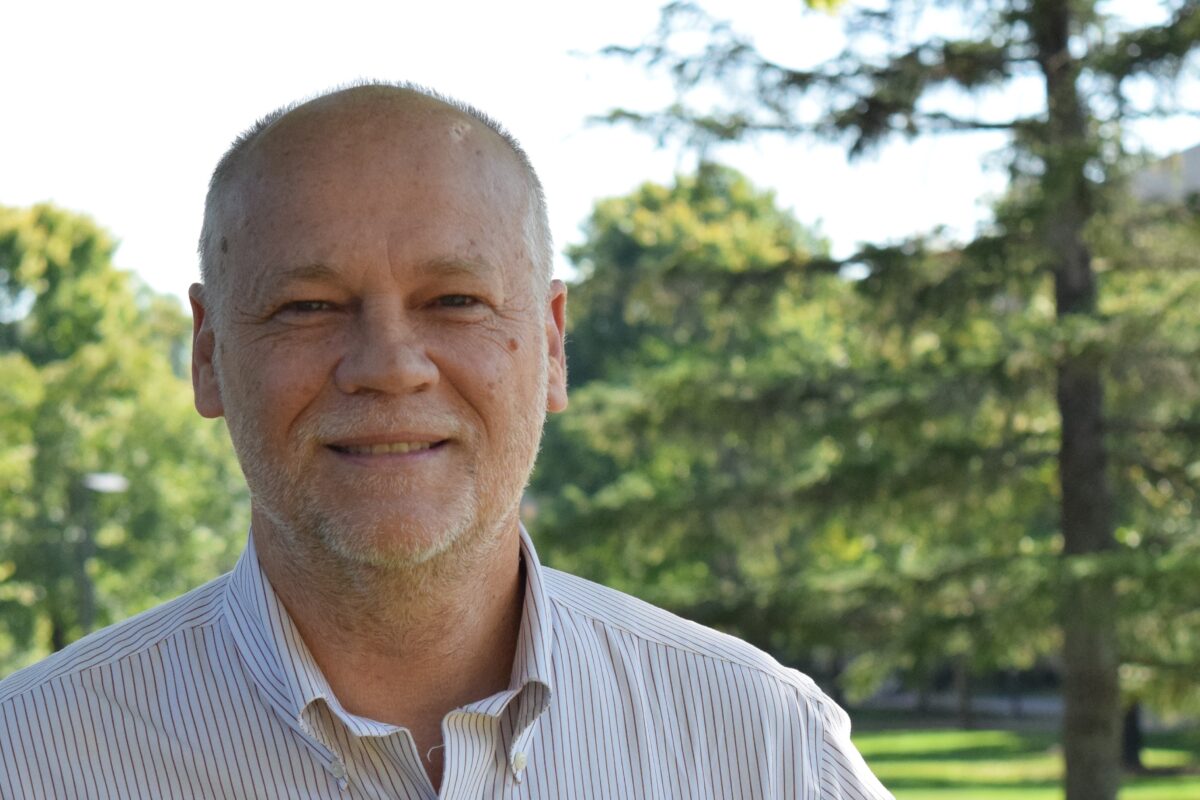The pandemic affect on DC’s metro
Just as it was for so many things, 2020 was supposed to be a great year for Metro.
The aging rail system had been taking steps to repair its infrastructure, build new stations, improve service and expand its hours. It had finally nailed down the budgetary holy grail: dedicated, fixed funding from its constituent jurisdictions. And it was all starting to pay off.
With just 3.3 million trips from April through June, WMATA’s fourth quarter of fiscal 2020, the system saw a 93% plunge in Metrorail ridership from the same quarter in the previous year — and a 93% differential from what it had forecast for the quarter. In taking a look at average weekday ridership on the rails, which WMATA has historically measured annually in May and we had recorded with our annual List, some stark changes abound this year. The transit system had to temporarily close several stations in March due to the pandemic-driven lockdowns, and it watched as multiple stations bore average daily ridership in the single digits this May, down from the thousands in May 2019.
The stations with the most drastic drops in ridership numbers are normally fueled by commuters to their jobs. Ridership remained higher on the eastern side of the system, a point WMATA also has highlighted. That, at least in part, reflects where people are less likely to have alternative modes of travel or own a car due to some lower income levels, said Hiro Iseki, an associate professor of urban studies and planning for the University of Maryland. He said it also indicates where residents may be less likely to have work-from-home job options.

